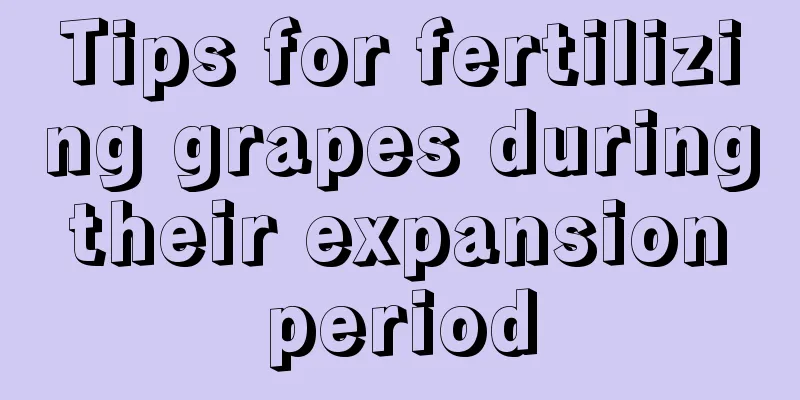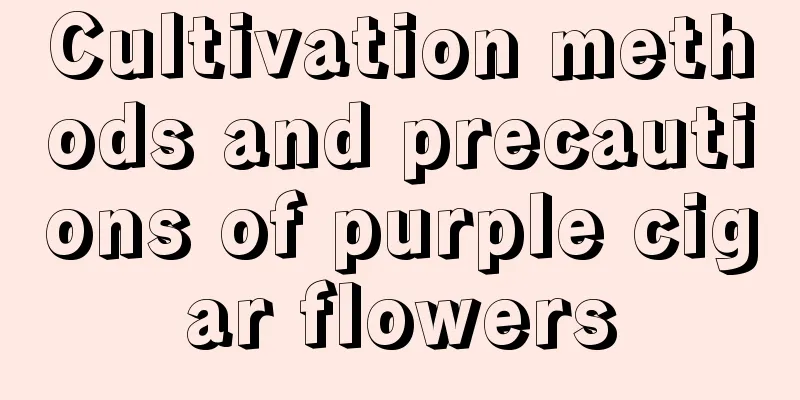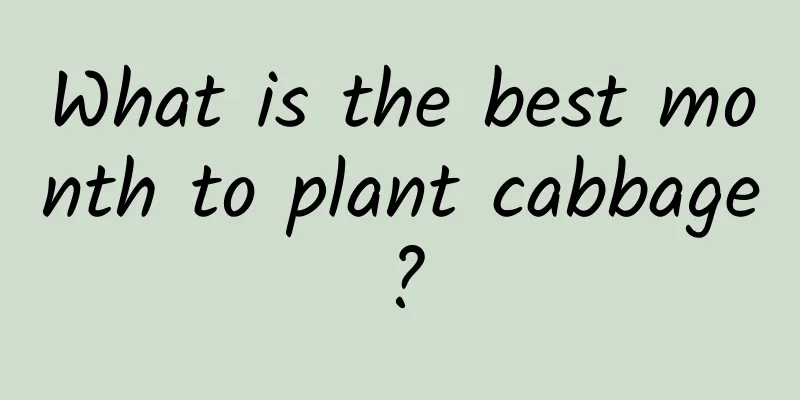Tips for fertilizing grapes during their expansion period

|
Grapes are cash crops with higher economic benefits than field crops, but grapes also have relatively high requirements for planting and management. If the management technology is poor, the grapes will be uneven in size, and the taste and color will not be very good, the price will not be high, and the profit will be reduced. In fact, we must master the correct method. Here are the tips for fertilizing grapes during the bulking period. 1. Fertilization 1. Soil fertilization In the early stage of fruit coloring, this fertilization is helpful in increasing the sugar content of the fruit, improving the quality of berries, and promoting the ripening of new shoots. This time, the amount of nitrogen fertilizer should be controlled, and phosphorus and potassium fertilizers should be used as the main fertilizers. You can choose a large amount of high-potassium water-soluble fertilizer , five kilograms per acre. The trellis vineyard is on both sides of the tree trunks, with the trellis 30-40 cm away from the main trunk. A small ditch of about 20 cm is dug to apply the fertilizer, then covered with soil and watered to improve the efficiency of the fertilizer. For mid- to late-maturing varieties that are in the young fruit enlargement stage, a small amount of topdressing, mainly nitrogen and potassium, is required to make the young fruit enlarge rapidly. 2. Foliar spraying In order to increase the volume and weight of berries, improve the sugar content, increase the color, and promote uniform ripening of fruits, you can combine disease and insect control with spraying of "One Painting Seven Colors" for 2-3 times. To improve the storage resistance of grape berries, calcium-containing foliar fertilizer can be sprayed twice continuously within one month before harvest. This can significantly increase the calcium content in grape berries, thereby improving the quality and storage resistance of grapes, and also has a certain effect on preventing fruit cracking. 3. Notes (1) Spraying time It can be sprayed during the growing period of grapes. When encountering high temperature concentration, to prevent leaf burns, choose a windless, cloudy or overcast day. On sunny days, do it after the morning dew has dried before 10 o'clock or after 4 o'clock in the afternoon. Avoid applying at noon on sunny and hot days. When it is dry and windy, evaporation will be fast and fertilizer damage will occur. It is not advisable to carry out fertilizer operation on rainy or foggy days because fertilizer liquid will be lost. (2) Spraying area Spray the leaves mainly, especially the back of the leaves. Young fruits and green vines can also absorb nutrients, so they should also be sprayed. The leaf curtain is sprayed thoroughly and evenly, up and down, inside and outside. (3) Foliar spraying cannot replace all root fertilization Due to the small amount of foliar fertilizer applied, it can only play a supplementary role and cannot replace root fertilization. The role of foliar fertilizer can only be played under the premise of ensuring soil fertilization. 2. Water Control 1. Water control Too much water during the berry coloring period will affect sugar accumulation, slow coloring, reduce quality and flavor, and make white rot, anthracnose, downy mildew, etc. more likely to occur. Some varieties may also experience fruit cracking, so water should be strictly controlled. If there are more than 4 consecutive sunny and hot days, water should be irrigated to combat drought. Water should be irrigated at night and drained in the morning until the grapes are ripe for harvest. 2. Drainage Although grapes are highly resistant to waterlogging, good drainage must be ensured in low-lying vineyards. Because the grape roots can only grow vigorously and produce more new roots when the soil oxygen content is above 15%; when the oxygen content drops to 5%, the root growth is inhibited and the fine roots begin to die; when the oxygen content drops below 3%, the roots die of suffocation. The soil is saturated with water, and the oxygen in all the gaps in the soil is expelled, forcing the roots to perform anaerobic respiration. The accumulated alcohol causes the protein to coagulate and cause the root death. In addition, in the absence of oxygen, aerobic bacteria in the soil are inhibited, which hinders the decomposition of organic fertilizers . A large amount of reducing substances such as carbon monoxide, methane, and hydrogen sulfide accumulate in the soil, poisoning the roots and causing poisoning and death. The drainage system can be either open or concealed. That’s it |
<<: How to reproduce Impatiens and how to deal with seeds
>>: How to fertilize Impatiens? What to do if the leaves wilt due to excessive fertilization?
Recommend
How to grow potted four-season roses and what to pay attention to
Growth habits of four-season roses Potted four-se...
The best time to transplant Chinese cabbage
Transplanting is quite common in cabbage cultivat...
Can't you grow vegetables on a south-facing balcony?
Can’t you grow vegetables on a south-facing balco...
How many days does it take to market geese?
Goose is a waterfowl belonging to the Anseriforme...
Common types of flower diseases
Common types of flower diseases Plant disease typ...
Winter melon's growing environment and local conditions
Suitable growing environment and conditions for w...
How to grow white sandalwood cactus and make it bloom
Winter care of white sandalwood cactus It is very...
When should I water my succulents? Is it okay to use a spray?
1. When to water When maintaining it, you need to...
Four seasons maintenance method of hibiscus
Spring maintenance methods for hibiscus In early ...
How to grow yellow eggplant
1. Soil When planting yellow eggplant, choose fer...
The efficacy and function of pennyroyal
Purify the air We all know that it not only emits...
Characteristics of Camellia
1. Appearance characteristics There are records o...
Kiwifruit Management Techniques in September
As September approaches, the temperature begins t...
What are the benefits of Sprite for watering flowers? What flowers are best to water?
Benefits of Sprite for watering flowers Sprite co...
When is the best time to repot boxwood? Repotting methods and precautions
Time to repot boxwood The boxwood needs to be rep...









